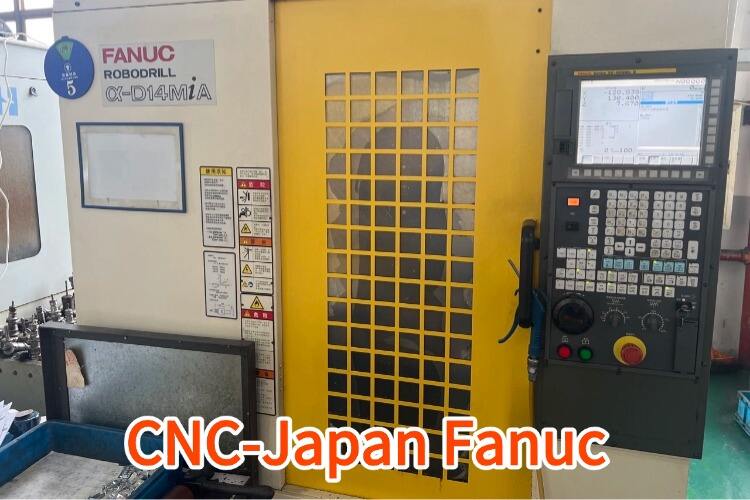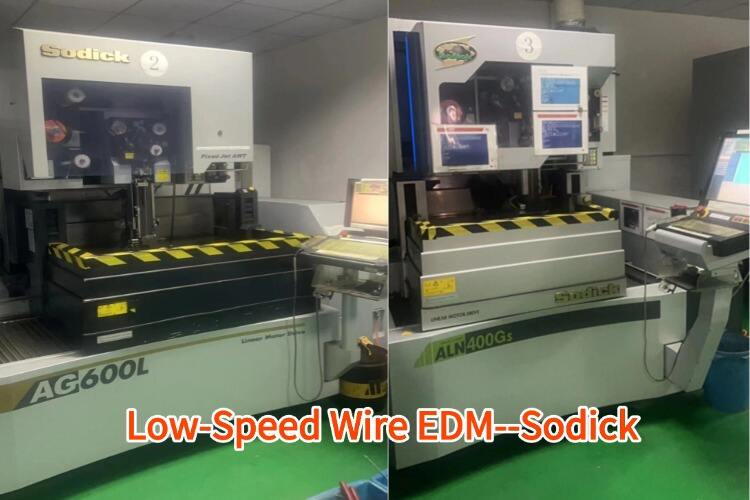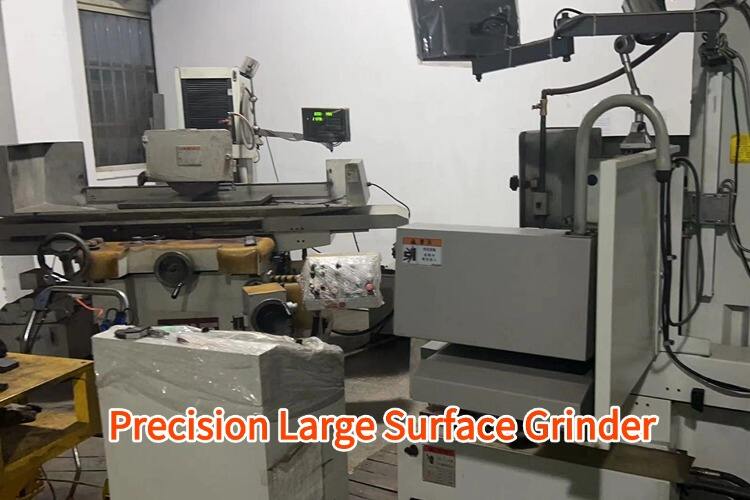sub zero heat treatment
Sub zero heat treatment is an advanced metallurgical process that involves cooling metals to extremely low temperatures, typically between -120°F and -320°F, followed by controlled heating. This sophisticated treatment enhances the material properties of various metals and alloys by transforming retained austenite into martensite, resulting in improved wear resistance, dimensional stability, and overall performance. The process utilizes specialized cryogenic equipment to achieve these ultra-low temperatures while maintaining precise control over the cooling and heating cycles. During treatment, the metal undergoes structural changes at the molecular level, eliminating residual stresses and optimizing its microstructure. This technology finds extensive applications across multiple industries, including automotive manufacturing, aerospace components, precision tooling, and medical instruments. The treatment can be applied to various materials, from tool steels and high-speed steels to stainless steels and specialty alloys. Modern sub zero heat treatment facilities employ computer-controlled systems to ensure consistent results and maintain detailed processing records for quality assurance. The treatment cycle typically consists of three phases: gradual cooling to sub zero temperatures, holding at the target temperature for a specified duration, and controlled warming to room temperature, followed by tempering when required.


